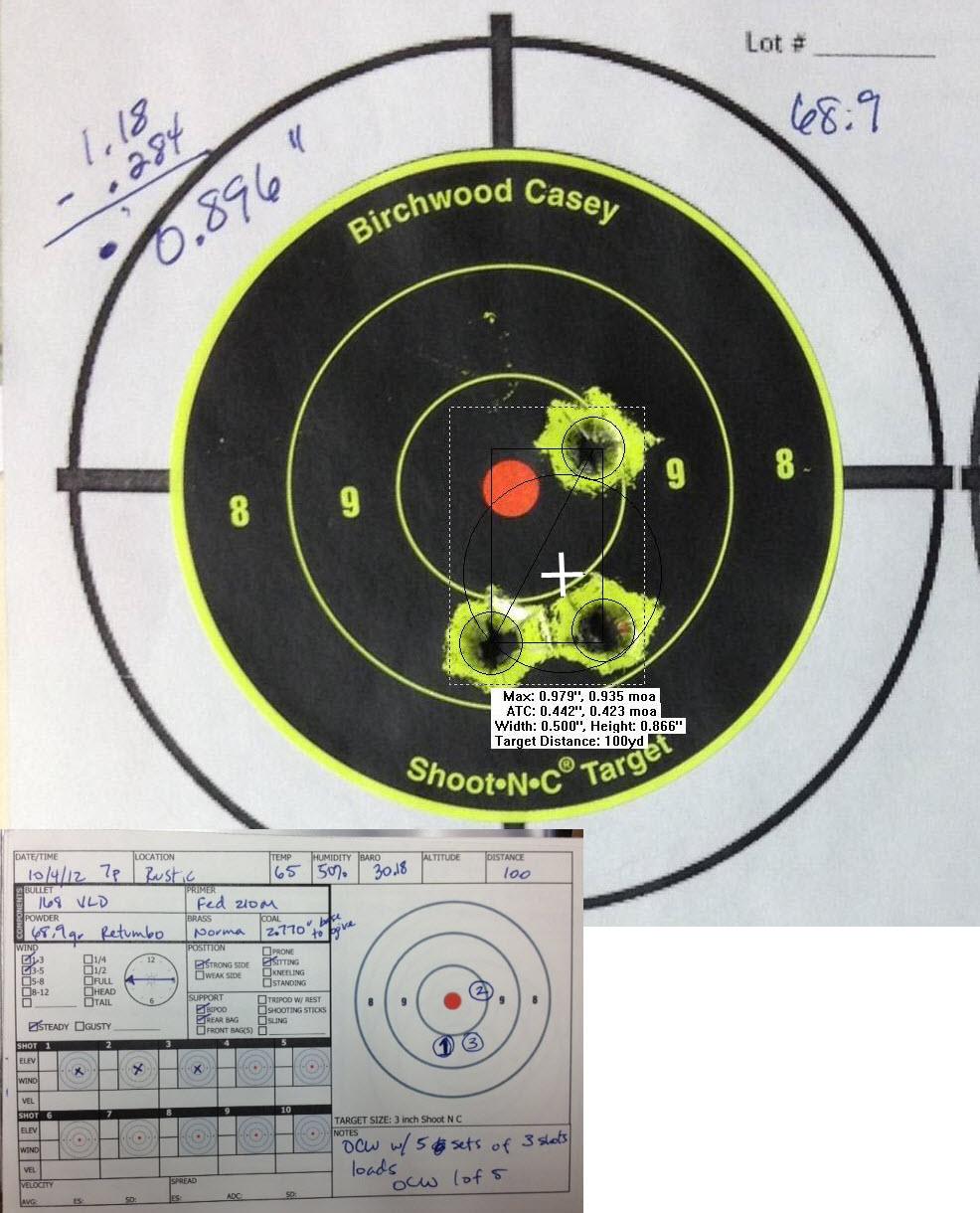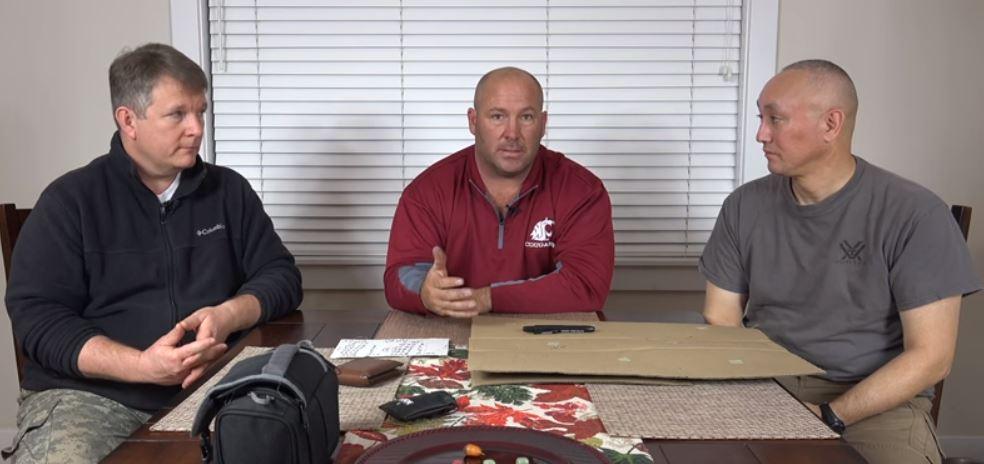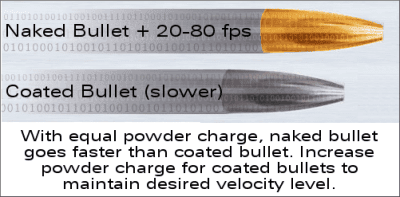Writing this based on you imposing the limitation of it's hard to get things so a trade off of less absolute accuracy is acceptable as long as it does what you need it to do - so not my normal advice, but hopefully helpful to your situation.
Set the accuracy goal - what are you trying to kill and at how far? I'd wager 90%+ of whiteails killed every year in this country need no more than 6" at 400 yards of accuracy. 80%+ probably don't need more than 6" at 200 yards. If you goal is 6" at 400 yards or less precise:
Seat to book COL. Factory ammo generally works acceptably for a reason, book COL is not an entirely made up number but is based on a lot of averages coming together. Run an OCW ladder. Don't even chrony it. Load at the vertical node, if the horizontal dispersion is less than the vertical dispersion then shoot it at your max killing range - if it falls into the vital circle then load 10-20 rounds for the season and call them good. It'll be an average load that works about as good as anything else.
If horizontal is greater than the vertical then do a couple longer seating depths, maybe +.05" for a couple sets to see if the shape changes. Maybe stick in a second primer if you have them at the original seating depth and see if it changes shape. Once the width is less than the height, shoot it at the max range and call it good if it works.
At that point the goal has been met - mess with the rest of the components to your heart's content on shaking out seating depth, but you'll have a functional load when the time comes so you won't miss out on anything when the season starts. And if you want to, you can always pull and reseat those rounds later. This is where the pretty common bit of "start at 0.050" off the lands" would come in as a "hey there's probably a seating depth node around here somewhere" piece of advice, but with the component limitation and shooting a bullet where manufacturer COL data exists, I'm not sure I'd start at 0.050" off over book COL because again, averages are average for a reason.
If my premise is flawed and you do need tack driving precision, ignore everything I said





